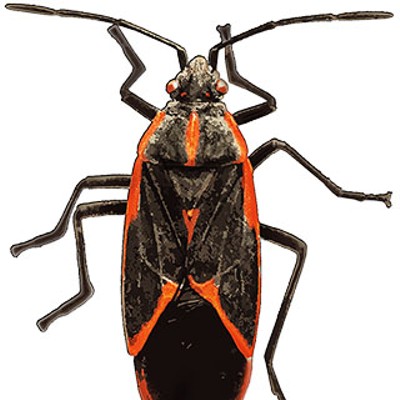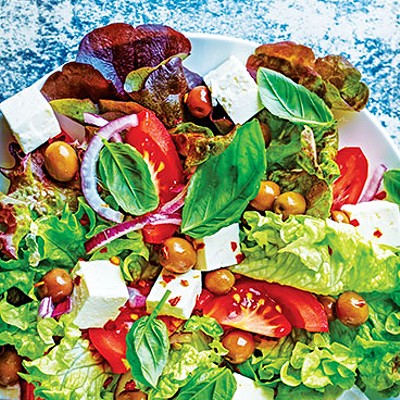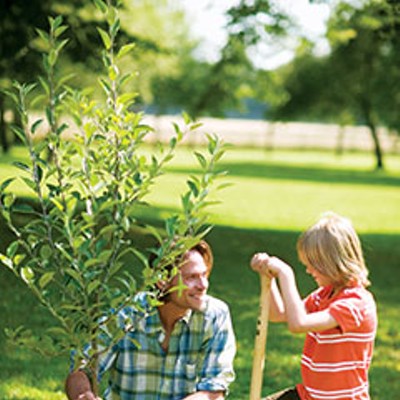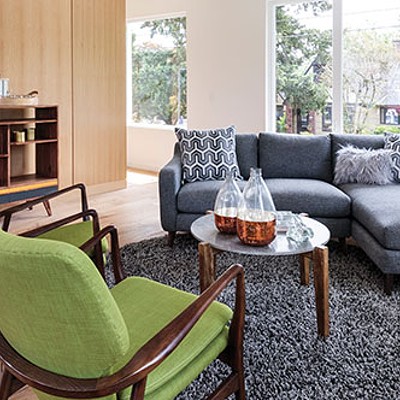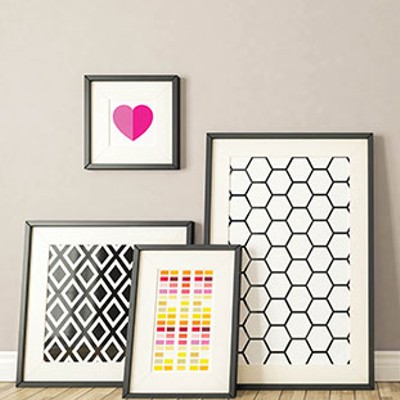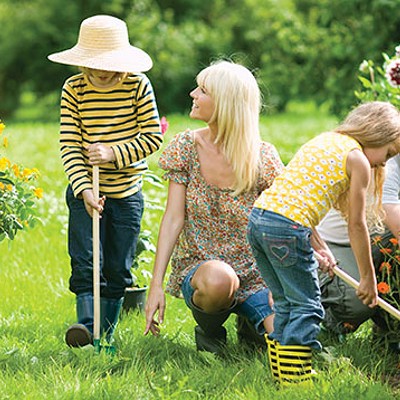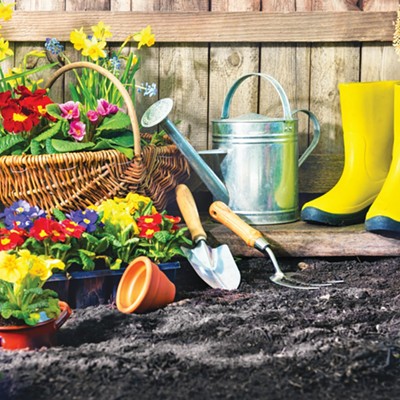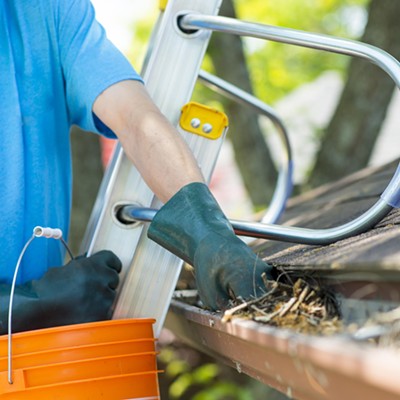Get your gardens buzzing next spring by planting bee-friendly bulbs and spring bloomers in the garden this fall.
“Bumble bee queens, honey bees, and solitary bees start emerging from their winter homes ready to feast on the landscape as early as March,” says University of Illinois Extension horticulture educator Kelly Allsup. “Feed them from your garden by planting a mix of crocus, snow drops, Siberian squill, grape hyacinth and bluebells to ensure many sources of nectar when little else is in bloom.”
According to Allsup, crocus and snowdrops are a gardener’s favorite because they are some of the first spring flowering bulbs to arrive after the cold temperatures. “Emerging snowdrops in late winter let us know the soil is warming and spring is coming. Both of these spring flowers do best in full sun to partial shade and look stunning when planted en masse,” she says.
Siberian squill is another hardy favorite for spring as it easily naturalizes in lawns and other areas creating large drifts of blue. These flowers prefer partial shade to full sun and bloom in early spring before trees leaf out.
“Grape hyacinth is a showy fragrant blue flowering bulb coveted by most bees,” Allsup says. Each bulb produces around three flowering scapes that contain urn shaped, tightly packed vivid flowers. Grape hyacinths provide an outstanding floral display when planted in drifts in partial shade to full sun.
“Hyacinth is an abundantly fragrant and very showy. They come in a wide range of colors from blue, purple, pink, magenta, red and white and make a good early nectar source for bees and butterflies,” Allsup explains. Hyacinth bulbs grow well in full sun and should be deadheaded after flowers are spent to increase energy to the bulb. They are best displayed en masse. Allsup suggests that gardeners should be cautious when handling these bulbs, as some growers have experienced allergic reactions.
Another bee-friendly flower is winter aconite. “Winter aconite is only a half an inch tall but it is attractive to honeybees, mining bees and hover flies. It is very bright yellow, so it also pulls a passerby into the landscape,” she says. It is best grown in full sun during flowering but shaded by trees when they leaf out.
One of the first spring bulbs to bloom is the glory-of-the-snow flower and “it blooms just in time to the feed the overwintering bees,” Allsup says. The flower’s purple strappy petals with a bright white middle grows in full sun to part shade and spreads by offsets. Only six inches tall, it easily naturalizes in a garden space. As the garden warms up, the leaves will fade.
“A bit of strategic planting this fall will not only give you welcome blooms this spring, but keep your garden buzzing with bees,” Allsup concludes.
Kelly Allsup is a University of Illinois Extension horticulture educator. Reach her at [email protected].
Plan now for spring bees
[
{
"name": "Air - MedRect Combo - Inline Content 1",
"component": "11490391",
"insertPoint": "3",
"requiredCountToDisplay": "1",
"parentWrapperClass": "fdn-ads-inline-content-block"
},{
"name": "Air - MedRect Combo - Inline Content 2",
"component": "11490392",
"insertPoint": "7",
"requiredCountToDisplay": "5",
"parentWrapperClass": "fdn-ads-inline-content-block"
},{
"name": "Air - MedRect Combo - Inline Content 3",
"component": "11490393",
"insertPoint": "12",
"requiredCountToDisplay": "9",
"parentWrapperClass": "fdn-ads-inline-content-block"
}
]
Illinois Times has provided readers with independent journalism for almost 50 years, from news and politics to arts and culture.
Your support will help cover the costs of editorial content published each week. Without local news organizations, we would be less informed about the issues that affect our community..
Got something to say?
Send a letter to the editor and we'll publish your feedback in print!




